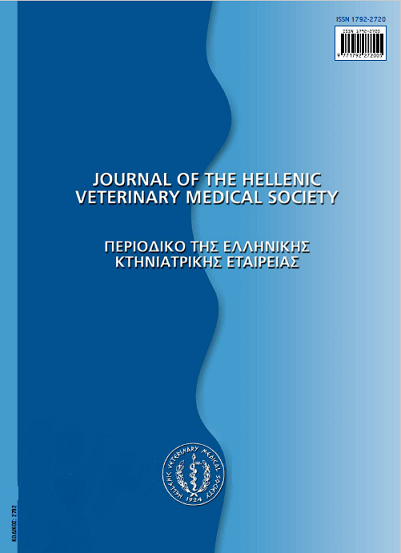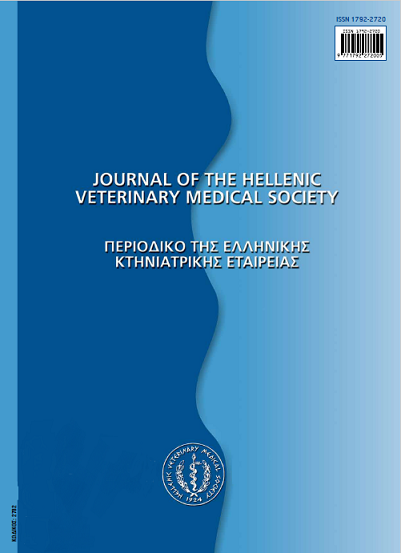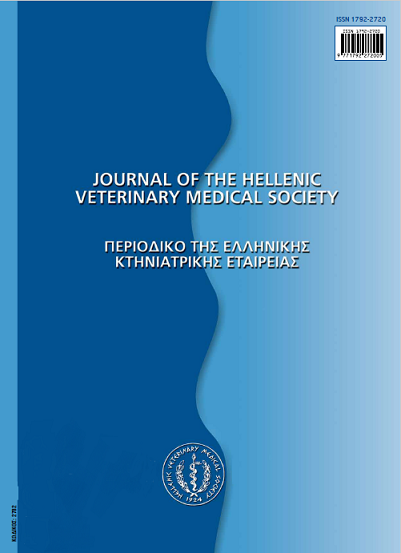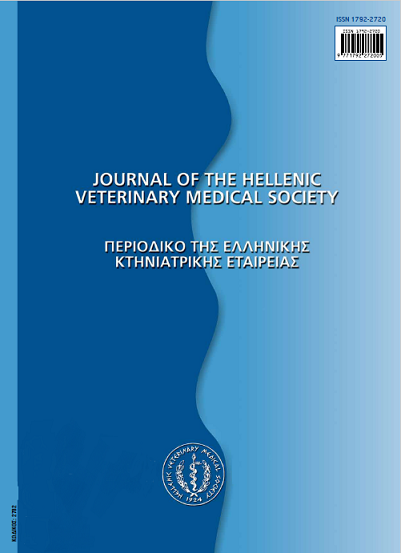Dairy Cows' Body Condition Score. Effects on reproduction, health and milk production. Use in farm management

Abstract
Body Condition Scoring (BCS) is an assessment of dairy cows' subcutaneous fatty tissue that can provide useful information on their body energy reserves. It is a quick and easy to perform method that does not require special equipment and can be easily used at farm level. A body condition scoring method based on visual observation of specific body regions has been described. A 5 point scale (1 = emaciated, 5 = obese) is used. Low BCS and high BCS losses were found to have adverse effects on cows' reproductive performance. Low or high BCS and high BCS losses were also found to have adverse effects on cows' health, while they were also found to significantly affect milk production. Body condition score has medium-high heritability and significant genetic correlation with reproduction. Body condition score levels should be 3-3.25 at calving, not higher than 3.25 at drying off and at least 2.5 60-80 days post calving. Farmers and their consultants should try to achieve these goals through proper management. Body condition scoring can be performed at calving, 30 days post calving, at first artificial insemination, at mid-lactation and at drying off.
Article Details
- How to Cite
-
OIKONOMOU (Γ. ΟΙΚΟΝΟΜΟΥ) G., BAZDAGIANNI (Ζ. ΜΠΑΣΔΑΓΙΑΝΝΗ) Z., & VALERGAKIS (Γ. Ε. ΒΑΛΕΡΓΑΚΗΣ) G. E. (2017). Dairy Cows’ Body Condition Score. Effects on reproduction, health and milk production. Use in farm management. Journal of the Hellenic Veterinary Medical Society, 59(4), 320–331. https://doi.org/10.12681/jhvms.14966
- Issue
- Vol. 59 No. 4 (2008)
- Section
- Review Articles
Authors who publish with this journal agree to the following terms:
· Authors retain copyright and grant the journal right of first publication with the work simultaneously licensed under a Creative Commons Attribution Non-Commercial License that allows others to share the work with an acknowledgement of the work's authorship and initial publication in this journal.
· Authors are able to enter into separate, additional contractual arrangements for the non-exclusive distribution of the journal's published version of the work (e.g. post it to an institutional repository or publish it in a book), with an acknowledgement of its initial publication in this journal.
· Authors are permitted and encouraged to post their work online (preferably in institutional repositories or on their website) prior to and during the submission process, as it can lead to productive exchanges, as well as earlier and greater citation of published work.






